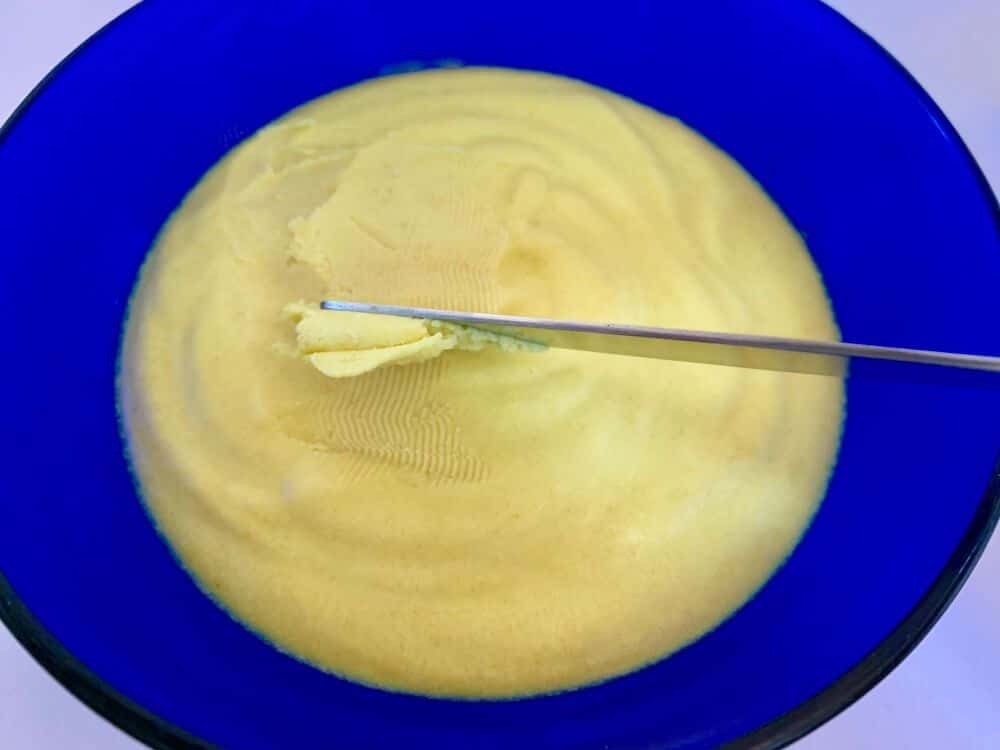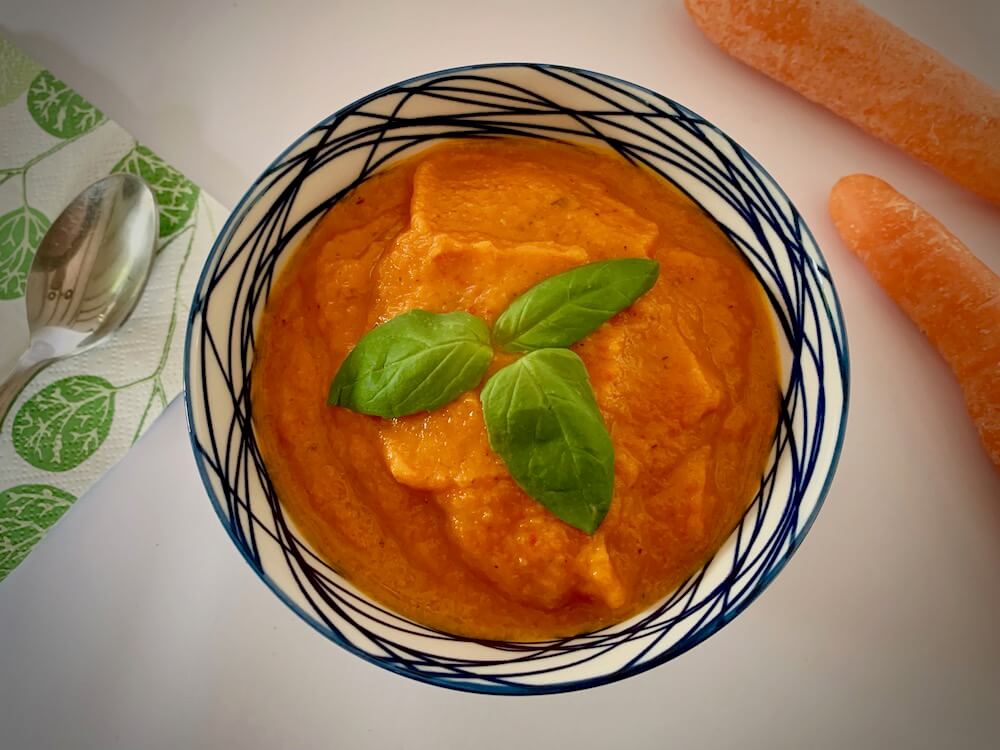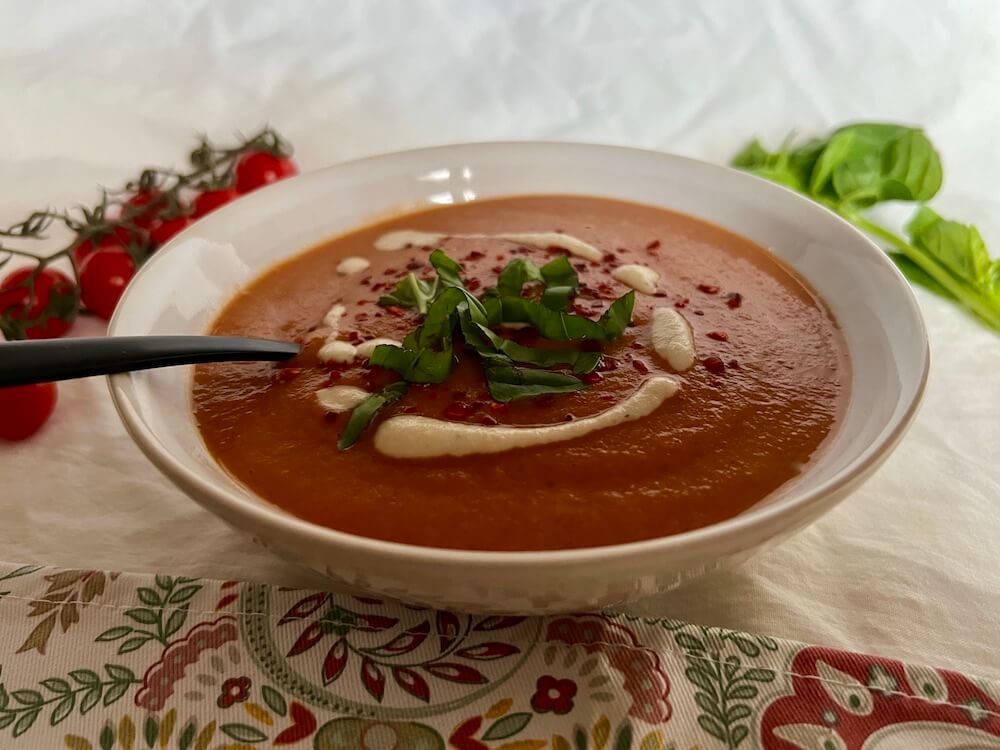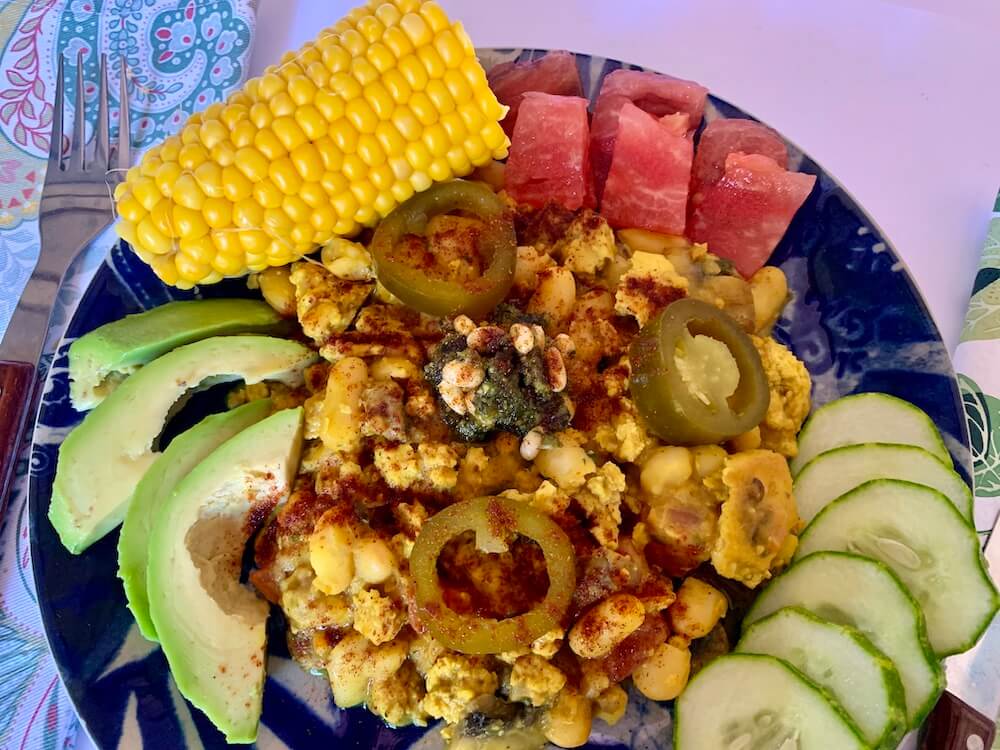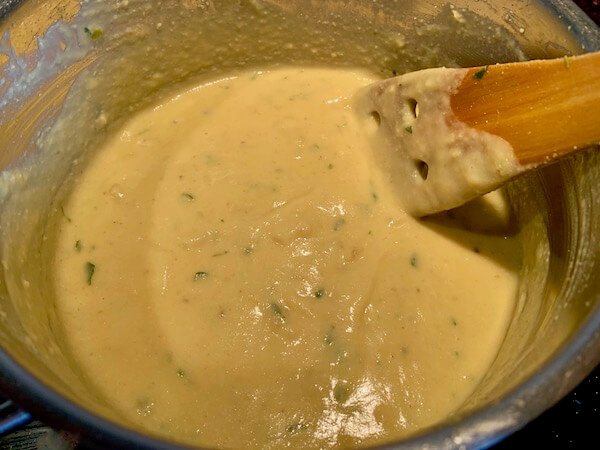Have you ever asked yourself the question: why does soy milk curdle in coffee?
For many people soy milk is the go-to plant milk instead of dairy milk but what happens when you pour it into your coffee and instead of getting white coffee, you get a murky coffee with little lumps of what looks like tofu floating about in it?
This is just one of many FAQ for anyone who is vegan or interested in becoming vegan.
In this post we’ll look at why that happens and what you can do about it.
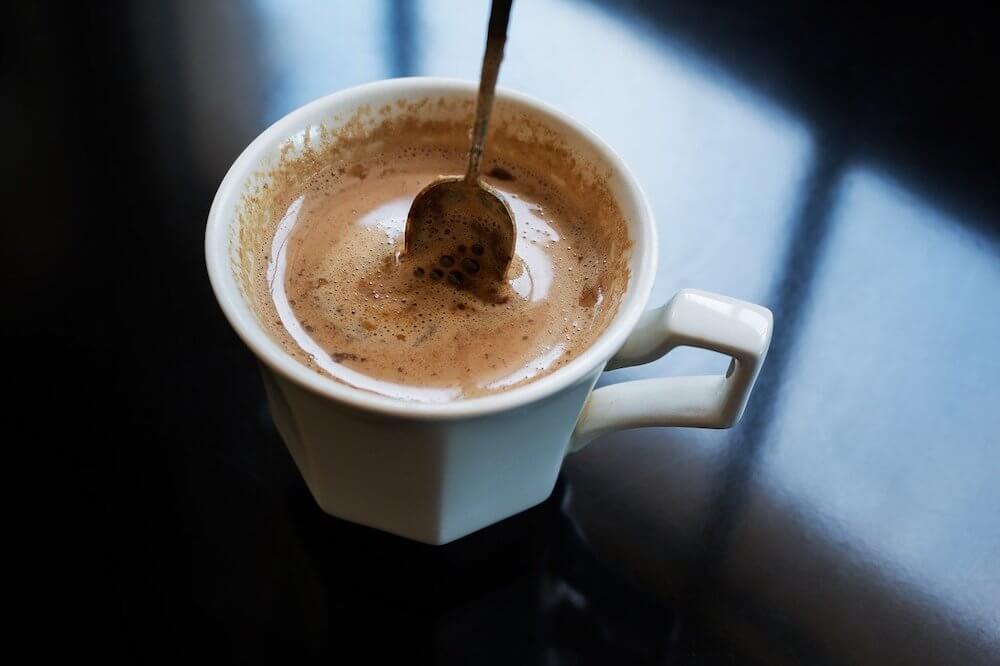
Table of Contents
Why does Soy Milk Curdle in Coffee and Not in Tea?
- The proteins in soy milk react to the higher acidity of coffee causing them to ‘denature’, which means they unfold and can then clump together.
- Heat speeds up the process.
- The acidity and heat together cause a chemical reaction leading to the denaturing of the soy milk and the separated liquid and solids.
- Most tea is less acidic than coffee but if you do have acidic tea, soy milk will also curdle in tea.
- Dark roast coffee is less acidic than a light roast coffee, helping to reduce the risk of curdling.
- Allowing the coffee to cool before adding the soy milk can help reduce the probability of curdling.
- Pouring the coffee slowly onto the milk in the cup can also help reduce the chance that it will curdle (instead of pouring the milk into the coffee).
What’s the Process of Separation Called?
The process of separating the solids from the liquids is called coagulating the milk (or coagulation) and is used throughout the food industry to produce cheeses, yogurts and butter.
It’s a process that can take place intentionally like in the process of making cheese and butter, or unintentionally as happens when old milk goes off and separates.
Coagulation’s also used in the process of making tofu, and is a valuable process in the kitchen and the food industry on the whole. In fact, you can make a delicious buttermilk by coagulating soy milk with lemon juice or vinegar and use that in your salad dressing.
But it might not be exactly what you’re looking for in a cup of coffee!
How does Milk Coagulation Work?
Milk can be coagulated through four mechanisms but for the purposes of curdled milk in coffee, we’re only interested in the first two:
- Heat
- Acidity (PH levels)
- Enzimes
- Age
Milk contains fats, proteins and sugars all suspended in liquid as an emulsion. When a catalyst appears in the form of coffee with its lower PH (normal coffee has a PH somewhere around the 5 mark) and the heat to speed up the coagulation process, the proteins unfold and are able to hook up with one another (denature), forming lumps of solids, thus separating the suspension.
According to the National Library of Medicine, soy milk has a PH level of anywhere between 6.41 and 7.34 and can be curdled with a PH of 5.5 so coffee has a low enough PH to cause the coagulation.
Coffee varies in its acidity but is always more acidic than soy milk.
Added to that the heat factor and you have the perfect catalyst for coagulation when you add the cold soy milk to your hot coffee.
Why Does Soy Milk Coagulate So Easily?
The proteins in soy milk are very reactive to the low PH of coffee and therefore they ‘denature’ easily (which means they unfold and can then join to one another, forming clumps).
Why Does Soy Milk Separate in Coffee and Not in Tea?
Soy milk can actually curdle in coffee and in tea, though many teas are less acidic than coffee, making for a better milk-experience and less chance of curdling.
When you have an acidic tea the soy milk will curdle just the same as in coffee.
Which Plant Milks Don’t Curdle in Coffee?
According to Rave Coffee the best plant milk to use in coffee without having the issue with it curdling is oat milk, which probably explains why the large café chains serving coffee often offer oat milk as their primary vegan alternative to dairy milk.
Can I Drink My Coffee With Curdled Soy Milk?
As long as the milk has curdled in reaction to the acidity and the heat in the coffee, there’s no problem to drink it. The only situation where it wouldn’t be advisable is if the soy milk has turned bad and was poured out of the container already coagulated.
So there’s no physical problem with drinking curdled milk but errm let’s be honest, it doesn’t taste the same and it definitely doesn’t look too appealing!
Does Curdled Soy Milk Ruin the Taste of the Coffee?
Curdled soy milk won’t actually ruin the taste of your coffee, but it will lack the creaminess of when the milk has blended properly through with the coffee. And the look of the curdled milk will only act to make the taste even less good. (You taste also with your mind and your eyes don’t forget!)
How Can I Stop My Soy Milk Curdling in My Coffee?
While there is no magic bullet or cure-all to make soy milk go perfectly in your coffee, there are some things you can consider doing to reduce the chance of separation.
- Source dark roast coffee as that tends to have lower acidity (which is also gentler on your stomach).
- Add the soy milk to your cup first and very slowly pour in the coffee, stirring all the time.
- You might choose to buy soy milk which has acidity regulator as an added ingredient as that type helps it to curdle less easily.
- Allow your coffee to cool first, then add the coffee slowly to the soy milk (instead of the other way round).
- Opt for oat milk in your coffee
Video – Why Does Soy Milk Curdle in Coffee?
I hope you enjoyed this post on why soy milk curdles when you add it to coffee! (It’s still heaps better than dairy).
